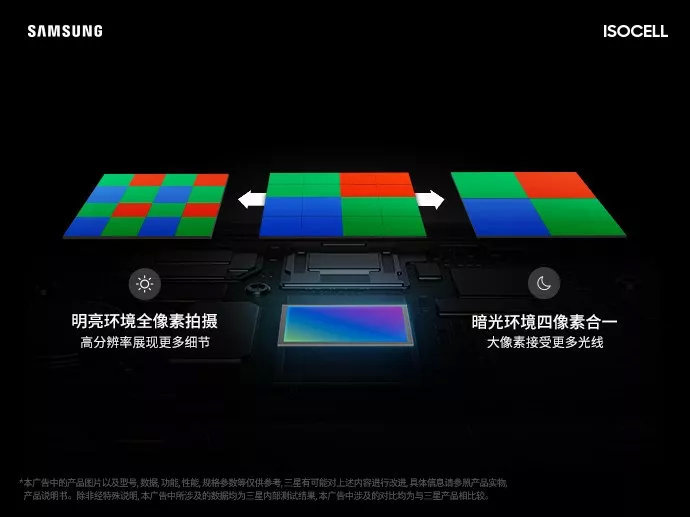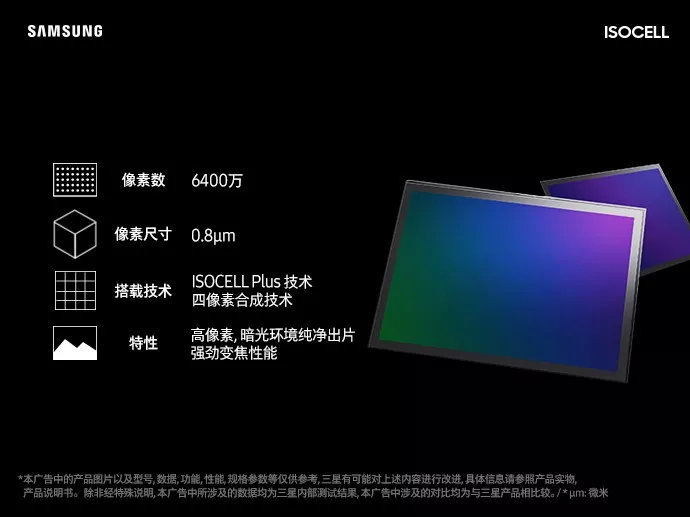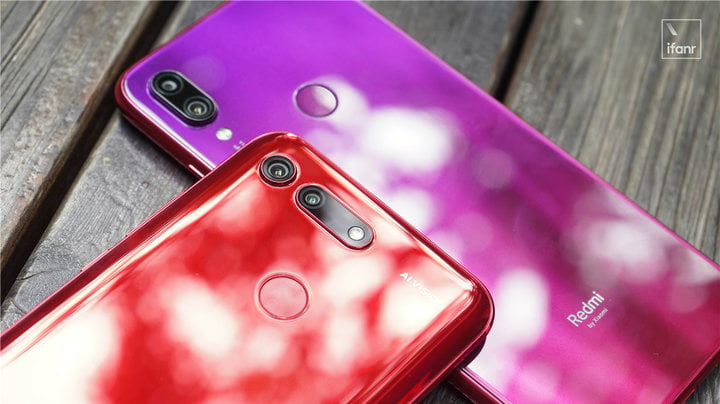12 million, 24 million, 48 million, 64 million…
When I was still thinking about whether a mobile phone might have a 64-megapixel camera, Samsung released the world’s first one today. Billion” camera sensor ISOCELL Bright HMX.
That is to say, starting today, mobile phone camera pixels have been promoted from tens of millions to billions.

As the world’s first billion-level CMOS, the ISOCELL Bright HMX features a 1 / 1.33-inch outsole design that is more integrated than Redmi and Samsung. The ISOCELL Bright GW1 and the Sony IMX 600 are even larger, making it the world’s highest pixel and largest mobile phone CMOS.
In this 1 / 1.33-inch space, the single pixel area remains at 0.8μm, so at 108MP (100 million In megapixel mode, the phone can output a photo with 12032 x 9024 resolution.

If you follow the example of Redmi’s previous GW1 communication meeting, “The 64-megapixel sensor can take a picture of 3.26 meters. The poster, then this 108MP billion-level CMOS will be able to straight out a high-definition poster of 3.26 meters or more.
Like the previous 64-megapixel ISOCELL Bright GW1, ISOCELL Bright HMX also supports SamsungTetracell “four-pixel synthesis” technology. Even in low-light environments, the sensor produces a 27-megapixel high-brightness photo.

Press release information based on Samsung’s official website , ISOCELL Bright HMX will begin mass production later this month. It is reported that the first billion-level pixel mobile phone equipped with Samsung ISOCELL Bright HMX sensor will be Xiaomi’s flagship product.
From the past update strategy of Xiaomi, the Xiaomi flagship that has not been updated yet has only one MIX series, which is estimated by this The sensor is likely to be used in the Xiaomi MIX 4 released in the second half of the year.

Behind the high pixel is the increasing CMOS volume
In the past, we commented on CMOS and often said that “the bottom level is crushing the dead.” That is because the larger sensor volume means that it can be put into a larger (light gain) or more pixels (clear) Degree is dominant).
The 1/1.33-inch ISOCELL Bright HMX is indeed a CMOS that is invincible in terms of parameters, but this year’s updated non-custom CMOS The strange thing is that their single pixel area is 0.8μm, whether it is Sony’s 48 megapixel IMX 586 or Samsung’s 64 megapixel ISOCELL Bright GW1.

So in terms of current CMOS development, the volume of CMOS is equivalent to the volume of a bowl. Each pixel is equal to each grain. Under the same size of rice, a larger bowl can hold more rice. Then it is equivalent to a larger base, and more pixels can be stacked under the same single pixel area.
Therefore, the bottom of CMOS this year is getting bigger and bigger, in fact, it is inseparable from higher and higher pixels.
High pixels bring a clearer picture quality, but in addition to clearer detail, high pixels actually add “lossless cropping” and pixel synthesis.
For example, Sony released A7R4 earlier, CMOS reached 61 million pixels. After turning on APS-C mode, the camera can still output 26 million pixels. The photo, which maintains high pixel quality output, also delivers 1.5x crop magnification.
But in the 24.1 megapixel A7M3, the APS-C mode will push the picture quality to 10 megapixels, although the camera can also achieve 1.5 times the crop magnification, but the picture pixels are still better than the normal APS-C camera. To be low. So the most intuitive advantage of high-pixel CMOS is that it still maintains high-resolution detail resolution after cropping.
So, this also explains why Samsung introduces ISOCELL Bright HMX in the documentation to give the camera a stronger dim shot, because the high pixels give the Tetracell four-in-one ample synthetic pixels. Even after four pixels in one, the camera can still output 27 million pixels of photos.

But despite the arrival of the 100 million pixel sensor, the camera’s image quality is still at a higher level, but this technology is still Limited by the development of other hardware, it has failed to achieve the practical value beyond the current mainstream pixels.
Because processing a 48 megapixel photo takes 3 times more than 12 megapixels, and alsoBecause the photo resolution is higher and it takes up more storage space, it is related to the processor, memory, and ISP configuration of the phone. But For the average user, it’s clear that the 12-megapixel half-second film is more practical.
This is like the current 48 megapixel phone,The daily shooting is actually 12 million, and the 48 million will only be manually It can be used in certain modes that are turned on.
Although it is undeniable that 100 million pixels have reached the current mobile phone sensor in terms of theoretical parameters, technology and image quality. The culmination of development. But who is concerned about pixels when 12 million is still the mainstream, 48 million is just popular, and 64 million is not yet in the stream?
It is estimated that there are only mobile phone manufacturers.





